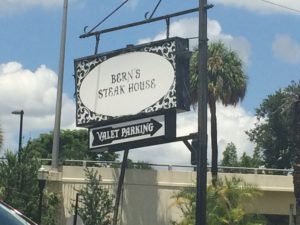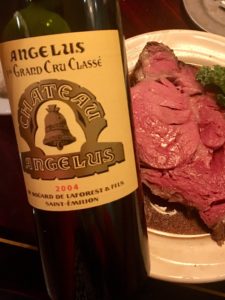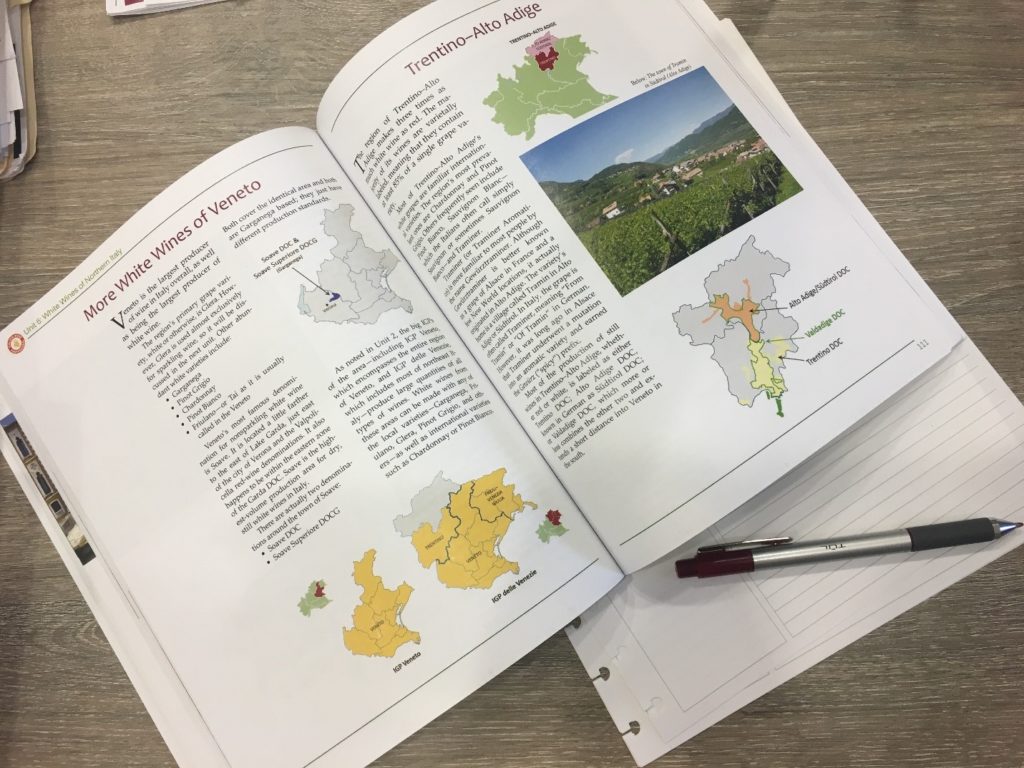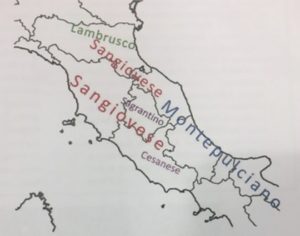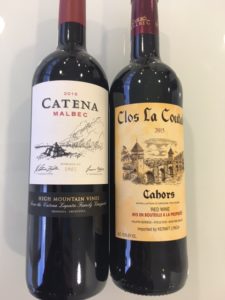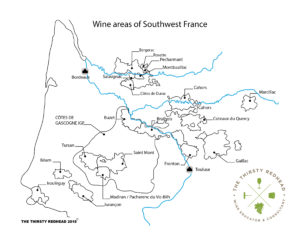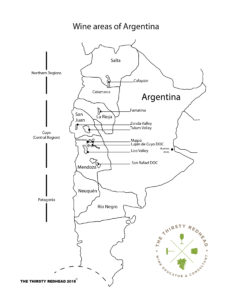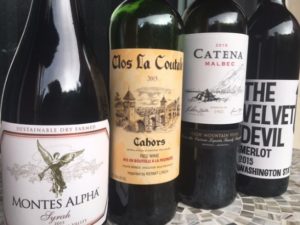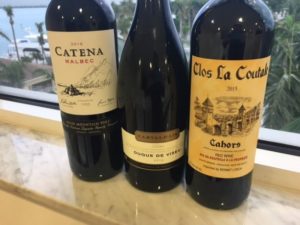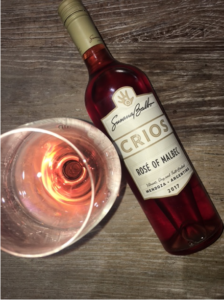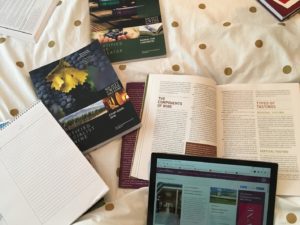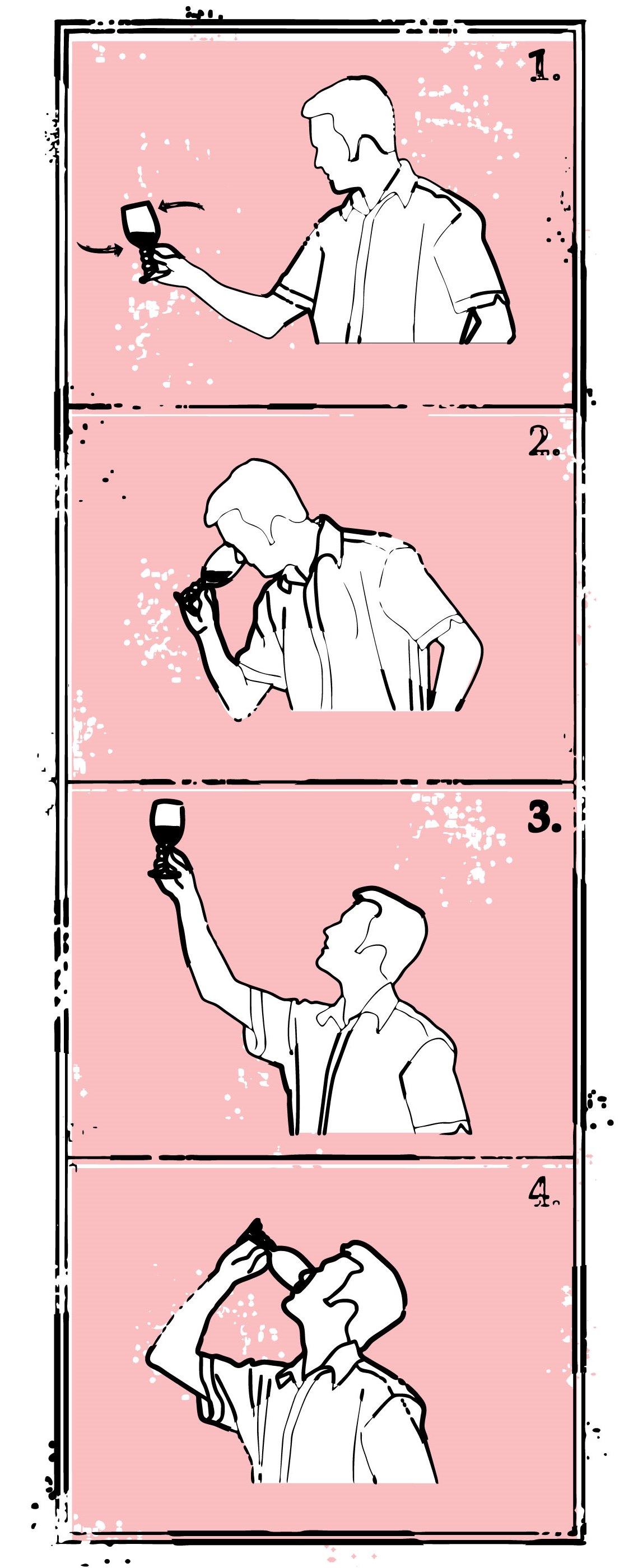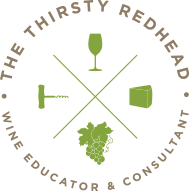Another timed practice essay (60 minutes). I love Karen MacNeil’s writing and keep The Wine Bible within arm’s reach. Her opening chapter in this 900+ page book is picking apart what makes a wine great. A refreshing move and the perfect way to set the tone of this book.
I have been schooled to judge a wine’s quality by the typical FA-BLIC-IT standard whereas The Wine Bible goes into more poetic terms and teases apart some aspects that I think need to show up together in order to judge a wine as truly great. In addition to my combination of distinctiveness and terroir below, I also think that any wine that shows non-fruit aromas are inherently also complex. If there any way to show complexity without showing non-fruit flavors?
This was a fun topic to tear apart, though I had trouble naming all of The Wine Bible’s nine attributes of greatness, but I’m pretty such they are all covered by FA-BLIC-IT. Though maybe this opens the discussion comparing the differences of a quality wine and a great wine…
**************************************************
In your opinion, what are the three most important aspects of “wine greatness” and why?
While it is easy and automatic to decide if a wine is to your liking, to really appreciate a great wine, a taster needs to put aside their subjective opinions and judge a wine on its inherent merits. Greatness in a wine can be defined in several ways and generally incorporates finesse, ageability, balance, length, intensity, complexity, integration and typicity. The Wine Bible defines nine attributes of a great wine that are captured in the list above. The most important of these aspects of wine greatness are non-fruit aromas (part of complexity), precision (part of integration) and the combination of a wine being distinct though still reflecting the terroir of an area (typicity).
Complexity of a wine is defined by the number of discrete aromas and flavors a wine can hold, and a great wine will hold many non-fruit flavors as well as fruit flavors. For example, Beaujolais Nouveau typically shows juicy strawberry and banana flavors. Beautiful flavors on their own, but these wines are typically not regarded as complex. Another Gamay wine from the AOC of Morgon would typically show aromas and flavors of red fruits (cherries, strawberries), dark fruits (blackberry) as well as mineral notes and earth notes of forest floor or mushroom. The wine from Morgon AOC is showing more ‘categories’ of aromas and flavors (fruits, minerality and earth) compared to the Beaujolais Nouveau (just fruits), and this complexity, especially via non-fruit descriptors, is one of the most important aspects of wine greatness.
Precision separates good wine from great wine. When a wine can show each of its complex aromas and flavors in defined layers, it should be considered a great wine. A vivid example of this kind of greatness can be found in many parts of the world, including California. There are Napa Cabernet Sauvignons that exhibit all of the power and complexity associated with this region, but, usually a little further up price category, other Napa Cabernet Sauvignons have a precision in delivering blackberry fruit as vividly as vanilla oak notes and as distinctively as showing its smoky notes. Both of these examples are of a balanced wine, but in the latter example, there is not a muddling or a general ‘wash’ of flavors but rather each flavor is vividly etched out across your palate. Even in an off-vintage, a wine like 2004 Château Angelus from St-Emilion in Bordeaux is still exhibiting a precision in flavors which confirms its status as a great wine.
The last aspect is a combination of terroir and distinctiveness. The Wine Bible separates distinctiveness and ability to showcase terroir, but truly great wines will show these together. A distinct wine is to say that it does not show sameness, which is a very important trait to consider when judging a wine’s greatness. However, a wine like Château Beaucastel in Châteauneuf du Pâpe shows a distinction for being only Château Beaucastel. By being atypical for what is expected in this area, this wine is certainly distinct, but falls short of great because its style obscures any sense of terroir. Combining distinctiveness and terroir is one of the most critical aspects of great wines.
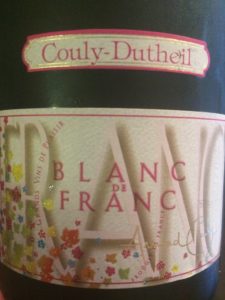
A delicious white wine made from Cabernet Franc. Distinct? Yes. Shows terroir? No. Could have been from any cool-climate old world appellation.
While there are many attributes of great wines including distinction, balance, complexity, non-fruit flavors, precision, terroir, length, shape, and ability to evoke an emotion, the most important of these are complexity, precision and that combination of distinctives while still showing where the wine is from. Fortunately for wine drinkers, many wines on the market will exhibit some of these attributes (especially balance and length), but the more of these ‘categories’ of greatness a wine can check off, the more the wine can be considered as one of the world’s great wines.

